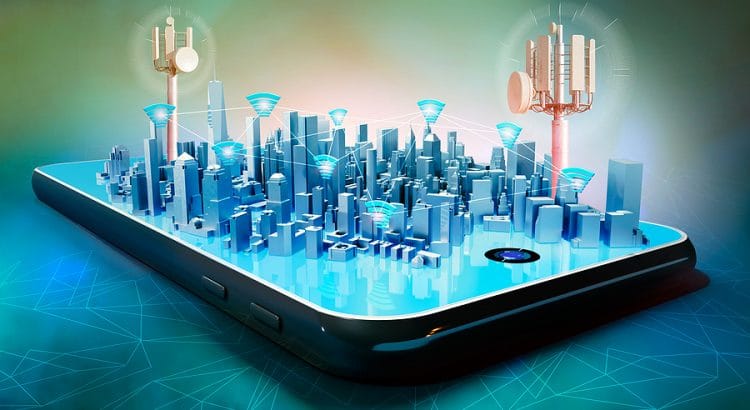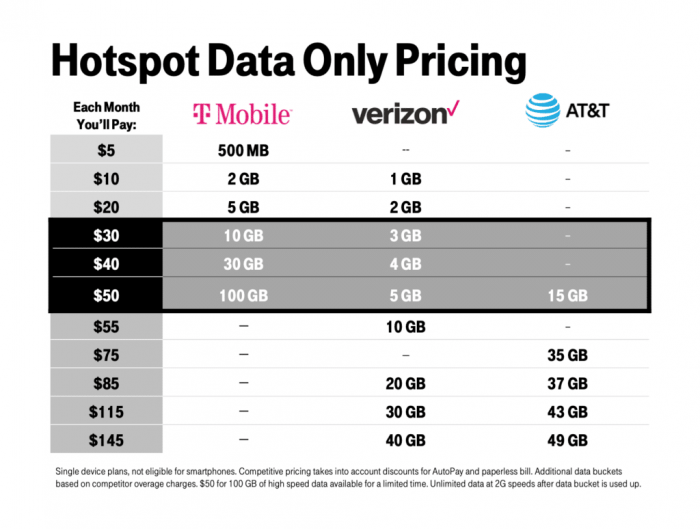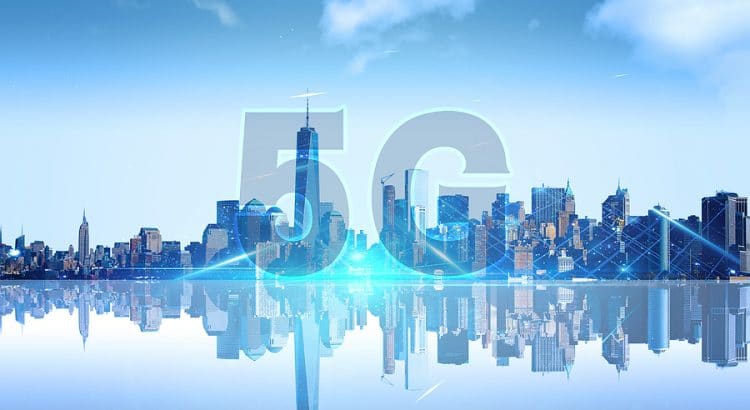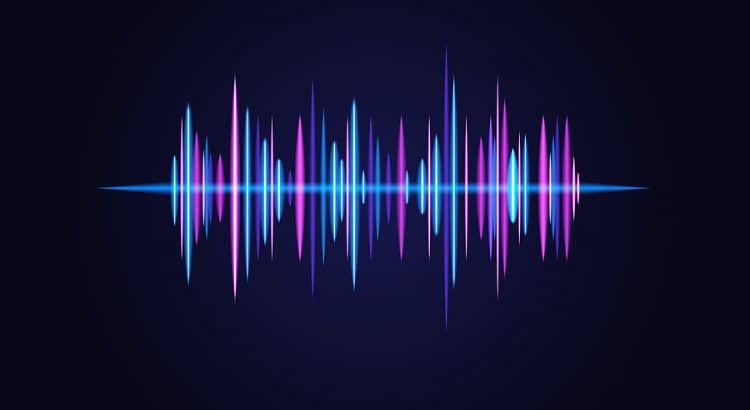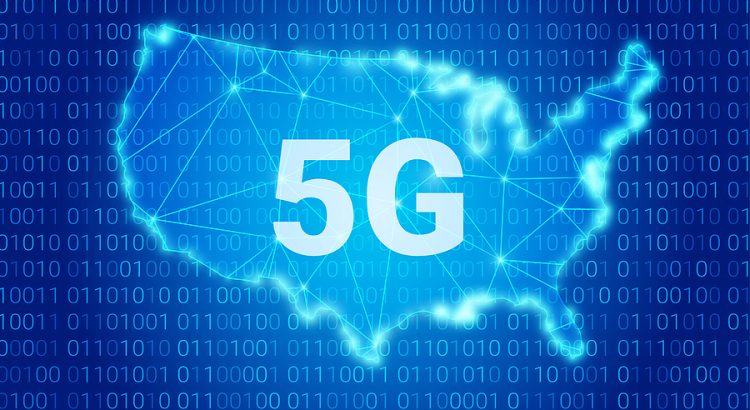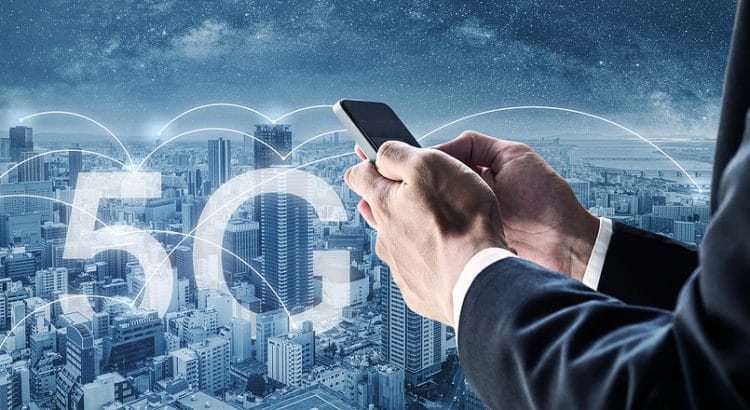I’ve written regularly about 5G being overhyped. The performance improvements 5G technologies offer don’t have much practical value. Not yet anyway. 4G connections are easily sufficient for most things normal people want to do on their phones.
While I think T-Mobile executives have been particularly guilty of overhyping 5G on Twitter, I’m seeing some common ground with Neville Ray, T-Mobile’s President of Technology. The other day, Ray approvingly tweeted about someone suggesting 5G is for the future:
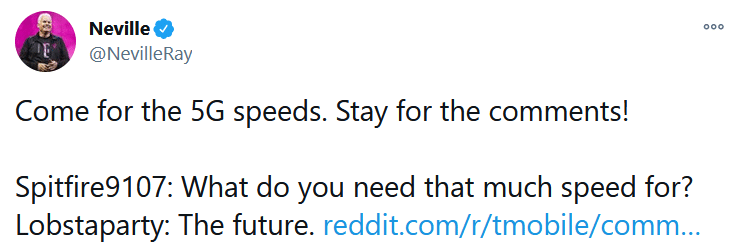
In 2004, the year the iconic Motorola RAZR V3 was released, it would have been hard to imagine the purpose of a 50Mbps cellular connection. The idea of watching videos on a phone probably felt a bit silly. Fortunately, innovation moved ahead anyway.
Even though I make a fuss about the incessant BS and marketing gimmicks around 5G, I’m sure we’ll eventually find great use cases for the technology. Maybe in five or ten years, it’ll be extremely common for people on laptops to access the internet with low-cost, high-performance cellular connections. Perhaps 5G will enable a huge expansion in the Internet of Things. Honestly, I’m not sure what will happen. I’m excited to see what people come up with.




